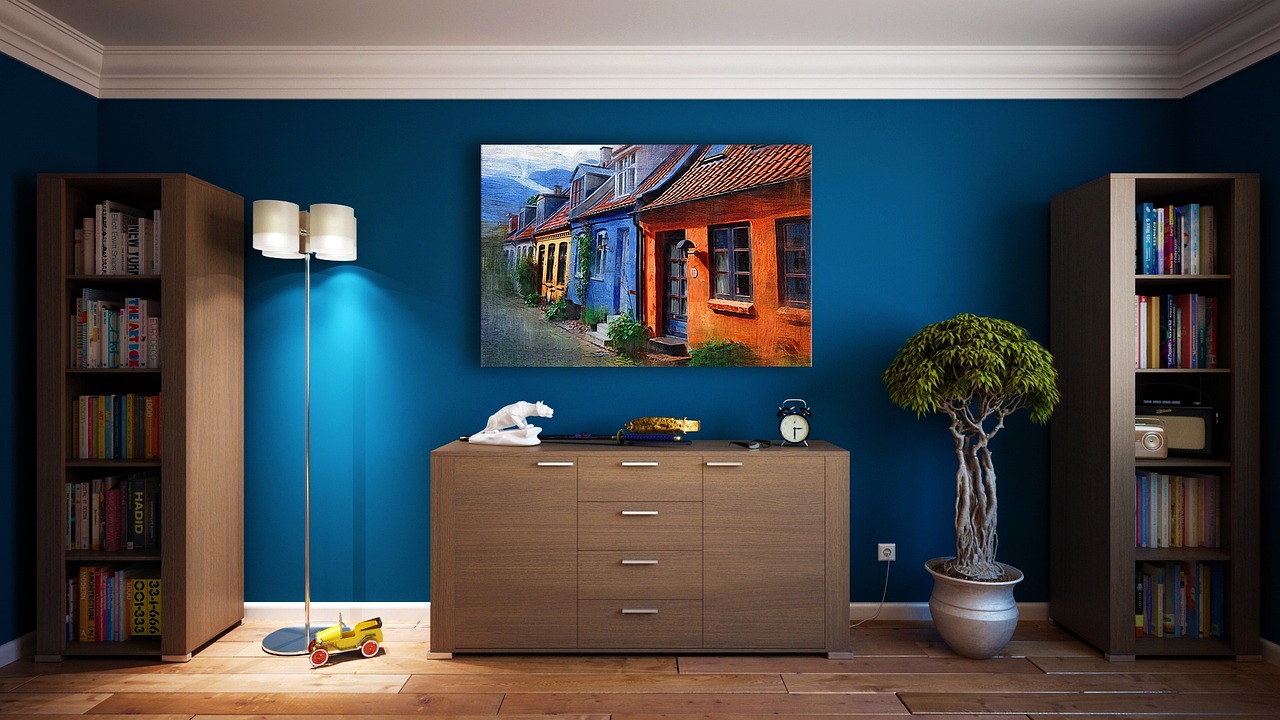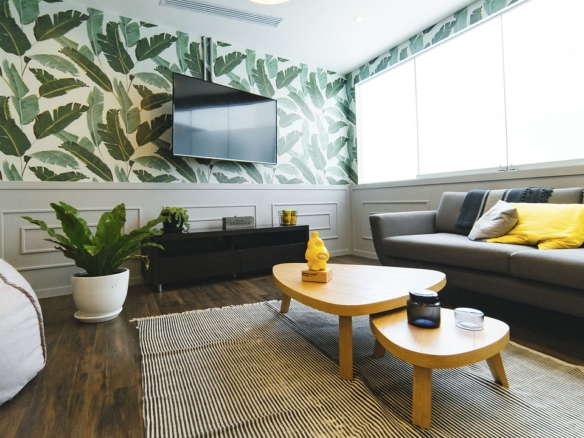When you think about real estate secrets, you might imagine hidden structural issues or financial red flags. But one of the most underestimated secrets in the real estate industry is as simple—and as sneaky—as paint. More specifically, dark paint
For decades, real estate professionals and interior designers have debated the impact of paint color on a property’s value and buyer perception. And while trends come and go, one truth remains: the color you choose for your walls can make or break a sale. But why does dark paint, in particular, stir such strong opinions in the real estate world?
Let’s dive into the mysterious world of color psychology, market trends, and how something as superficial as wall paint holds surprising power in real estate.
The Psychology Behind Dark Paint Colors
Dark paint colors—like navy blue, charcoal gray, forest green, or even black—carry a certain sophistication. They evoke feelings of luxury, drama, and modernity. According to color psychologists, dark hues can represent security, elegance, and authority.
But there’s a downside. Dark colors can also make rooms feel smaller, moodier, or colder if not balanced well with light and design. In real estate, where first impressions are everything, this can backfire if potential buyers feel like a room is too dim or claustrophobic.
In staging homes for sale, many real estate professionals shy away from using dark paints—especially in small or poorly lit spaces. Light, neutral colors like beige, off-white, and light gray are often the go-to options for one reason: they maximize brightness and make rooms appear larger and more inviting.
Dark Paint and Home Value: What the Data Says
You might think dark paint would hurt your resale value—but that’s not always the case. In fact, Zillow’s 2023 Paint Color Analysis found that homes with dark-colored front doors or dining rooms often sold for more than expected.
Why? Because when used strategically, dark colors can add character and sophistication that make a property stand out in listings. For example:
- Navy blue or charcoal gray kitchen cabinets can give a high-end look.
- Matte black bathroom walls paired with gold fixtures scream modern luxury.
- Deep green or navy accent walls in a living room can create depth and warmth.
The key is balance and context. Using dark paint to highlight architectural features or contrast against lighter tones can actually boost buyer interest—especially with younger, design-savvy buyers.
Common Mistakes Sellers Make with Dark Paint
While dark paint can elevate a space, many homeowners misuse it, leading to negative buyer reactions. Here are common pitfalls:
- Painting entire small rooms in dark shades without enough lighting.
- Using dark tones in spaces without natural light, making them feel like caves.
- Choosing trendy dark colors without considering the home’s style, creating a mismatch.
- Failing to repaint when listing a home, assuming buyers will “see past” the color.
In reality, most buyers form emotional impressions instantly. If a dark color makes them feel boxed in or depressed, they might rule out the home without giving it a second chance—even if everything else is perfect.
Should You Repaint Before Selling?
Yes—if your walls are painted in bold or dark colors, it’s often wise to repaint in neutral tones before listing your home. Even if dark hues are your personal favorite, they may not appeal to the widest buyer pool.
A fresh coat of light gray, warm white, or soft taupe can instantly freshen up a space, reflect more light, and make rooms appear cleaner and bigger. It also allows buyers to imagine their own style and furniture in the space.
However, if used thoughtfully, dark paint can be an asset. Instead of repainting the entire house, consider limiting dark shades to:
- Accent walls
- Powder rooms
- Formal dining areas
- Fireplaces or built-in bookcases
This way, you retain personality without overwhelming buyers.
Dark Paint in Luxury and High-End Markets
In luxury real estate, dark paint is often used to create a moody, elegant, or high-design look. High-end buyers expect uniqueness and design-forward spaces, so dark colors are more accepted in these markets—especially when paired with premium materials like marble, velvet, or hardwood.
Interior designers working on luxury listings may use dark walls to set the tone for a boutique hotel-like atmosphere, especially in libraries, lounges, or master suites. In this context, dark paint becomes a statement—not a risk.
Staging Tips: Using Dark Paint Without Scaring Buyers
Want to incorporate dark paint while still appealing to a broad audience? Try these staging tips:
- Pair with mirrors and metallics – Reflective surfaces help bounce light and prevent darkness from feeling heavy.
- Use layered lighting – Floor lamps, sconces, and pendant lighting can brighten up darker walls.
- Balance with light furnishings – Use white, cream, or soft textures to contrast and soften the look.
- Keep ceilings and trim light – This maintains openness and keeps the space from closing in.
- Limit to focal areas – An accent wall in a bedroom or behind a TV unit can add impact without overpowering the space.
The Takeaway: It’s All About Strategy
The dark paint debate in real estate isn’t black and white. It’s about strategy, taste, and understanding your target market.
If you’re preparing your home for sale and unsure whether your dark walls are helping or hurting, consult with a professional agent. They’ll assess the space, lighting, and current buyer preferences to determine the best approach.
Because in today’s market, even a can of paint can hold a secret weapon—or a silent deal-breaker.
Thinking about selling your property and unsure if your paint colors will help or hurt your resale value? Contact our expert real estate team today for a free home staging consultation and color strategy that works for your target market!





Join The Discussion